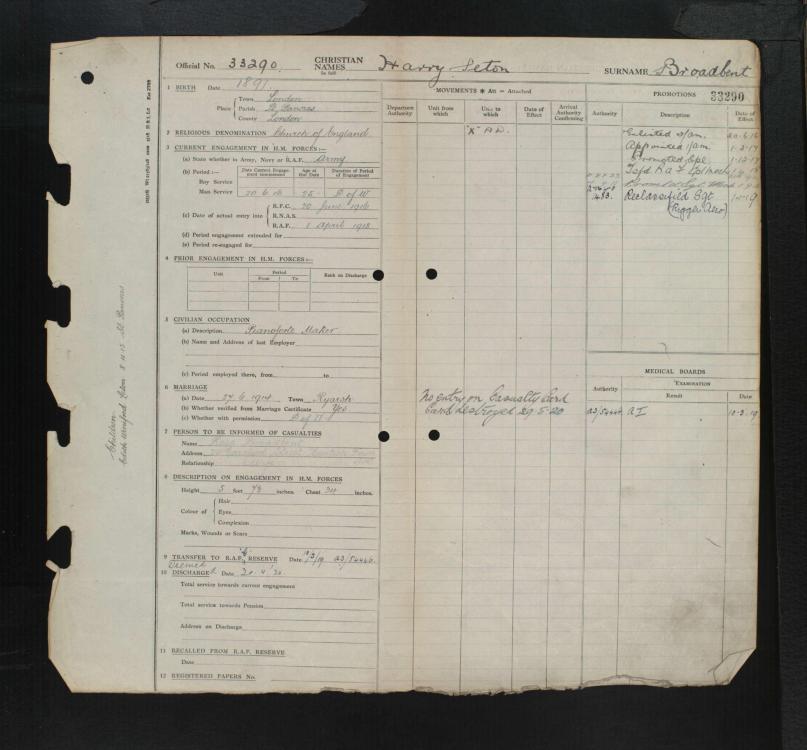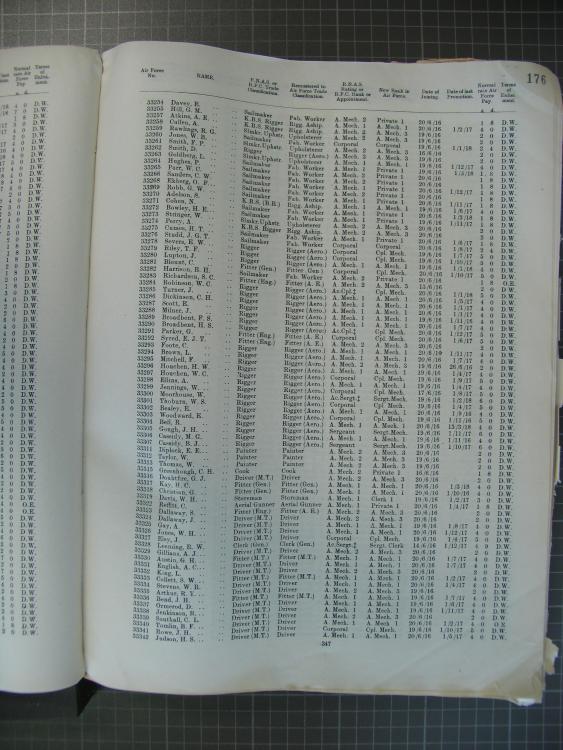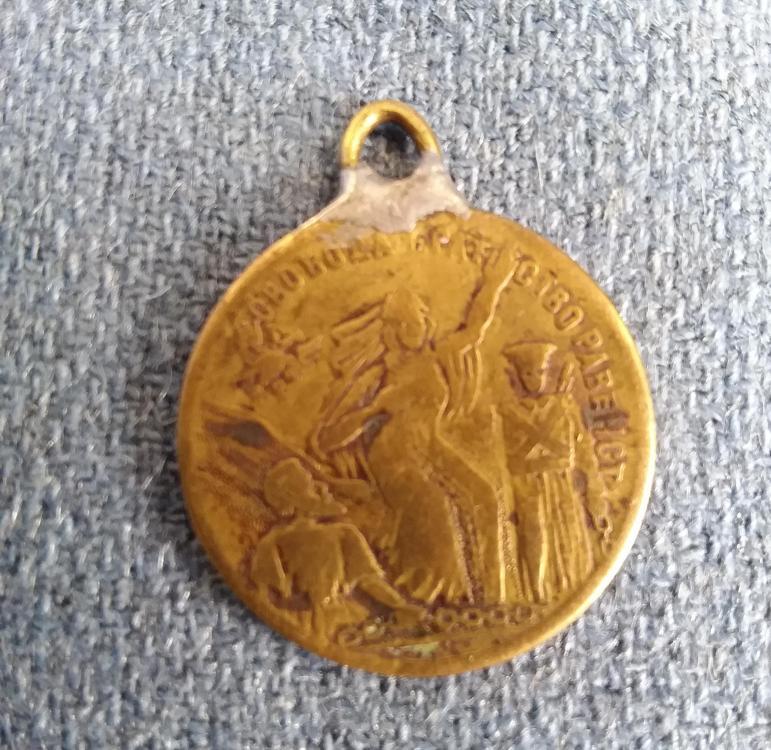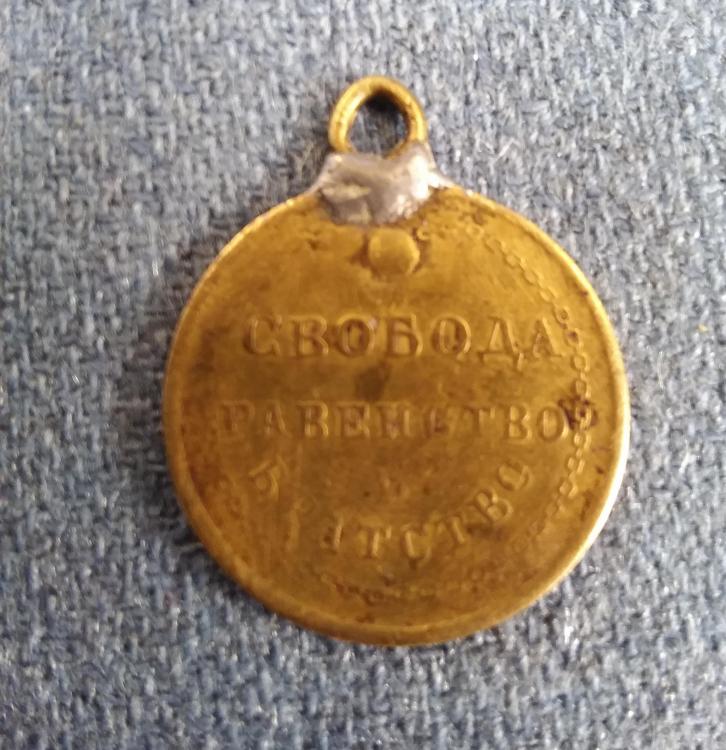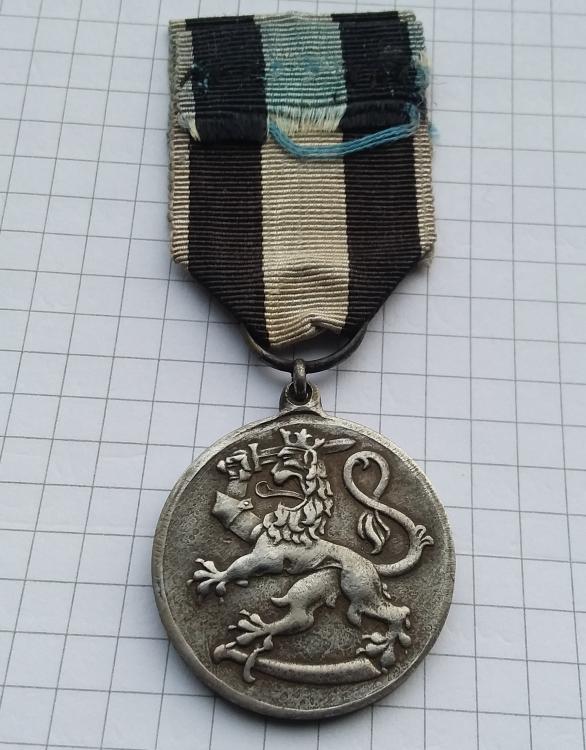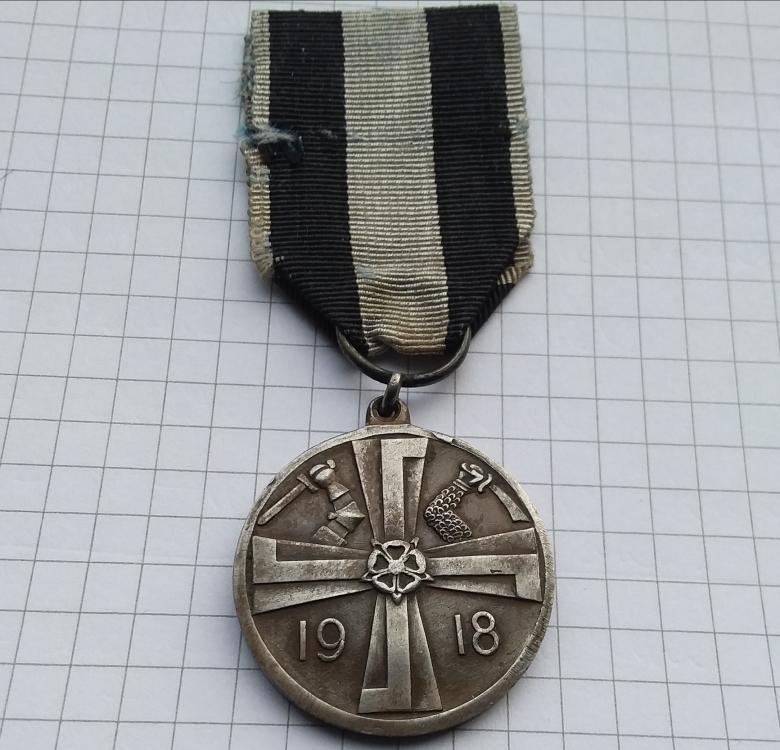-
Posts
3,925 -
Joined
-
Last visited
-
Days Won
5
Content Type
Profiles
Forums
Blogs
Gallery
Events
Store
Everything posted by Noor
-
Sorry, wrong subforum
-

1914-15 Star Dublin?
Noor replied to Leuchtturm's topic in Great Britain: Orders, Gallantry, Campaign Medals
For disembarkations up to 31 December 1915 These codes generally apply to men who won the 1914 or 1914-15 Star, but not those who only won the British War Medal/Victory Medal pair. [My thanks to Jonathan Saunders for helping complete this list]. 1 Western Europe 2 Balkan Theatre a) Greek Macedonia, Serbia and Bulgaria b ) Gallipoli and Aegean Islands 3 Egyptian Theatre 4 African Theatre a) British East Africa, German East Africa, Rhodesia, Nyasaland and Uganda b) German South West Africa c) Kamerun (Cameroon) d) Togoland e) Caprivi Zipfel Rhodesia 5 Asiatic Theatre a) Mesopotamia and Bushire b ) South West Arabia c) Aden d) Muscat (Musquat) e) Seistan f) Tochi Valley g) Hafiz h) Katlang, Rastam and Swati i) Landekai Ridge j) Perim k) Kalat l) Katchin Hills m) Tsing-Tau (note: this has been observed as 5h on medal index cards for some men of the 2nd South Wales Borderers) 6 Australasian Theatre a) German New Guinea including b) Nauru c) German Samoa For disembarkations from 1 January 1916 1A France and Belgium 1B Italy 2A Greek Macedonia, Serbia, Bulgaria or European Turkey 2B Gallipoli 3 Russia (up to 1/2 July 1920) 4A Egypt (up to 18/19 March 1916) 4B Egypt (from 18/19 March 1916) 5A East Africa, Nyasaland and Northern Rhodesia 5B South West Africa 5C Cameroon 5D Nigeria 5E Togoland 6A Hejaz 6B Mesopotamia 6C Persia 6D Trans-Caspia 6E South West Arabia 6F Aden 6G Frontier regions of India 6H Tsing-tau 7A New Britain 7B New Ireland 7C Kaiser Wilhelmland 7D Admiralty Islands 7E Nauru 7F German Samoa -

1914-15 Star Dublin?
Noor replied to Leuchtturm's topic in Great Britain: Orders, Gallantry, Campaign Medals
2B was Gallipoli at that time. Arthur was in famous D Company. Born in Belfast. Son of late Major E.T.Meredith, RE. Mercantile Marine. One of the reserves disembarked from Mudros. -

1914-15 Star Dublin?
Noor replied to Leuchtturm's topic in Great Britain: Orders, Gallantry, Campaign Medals
-

1914--15 Star
Noor replied to Leuchtturm's topic in Great Britain: Orders, Gallantry, Campaign Medals
-

Victory Medal to an RAF mechanic
Noor replied to BalkanCollector's topic in Great Britain: Orders, Gallantry, Campaign Medals
First name(s) Harry Seton Last name Broadbent Birth year 1891 Birth date ? ? 1891 Birth parish St Pancras Birth town London Birth county Middlesex Occupation Pianoforte Maker Attestation year 1916 Attestation date 20 Jun 1916 Attestation age 25 Service number 33290 Marriage year 1914 Marriage date 27 Jun 1914 Spouse's first name(s) Rosa Child's first name(s) Edith Winifred Leton Child's birth date 08 Apr 1915 Archive reference AIR 79/326 Next of kin first name(s) Rosa,Edith Winifred Leton Next of kin last name Broadbent Record set British Royal Air Force, Airmen's Service Records 1912-1939 RAF service files are now accessible in Findmypast. Interesting craft in civil life - a valued skill probably in RAF. There was another Broadbent F.S. with one digit different service number - pretty sure they were related. -
Thanks Megan. I just were able to find out the same info. Now, looks like airborne patch is missing top scroll. Ranch hand is also an interesting one https://en.m.wikipedia.org/wiki/Operation_Ranch_Hand http://www.usmilitariaforum.com/foru...ch-hand-patch/
-
Hi all, Among with other items I received these and I am struggling to figure out what are they. Any help would be greatly appreciated. Thank you, Timo
-
Oh wow. Thank you for your quick reply. Someone must be valued that medallion and got the repair done, thats what I thought and why I picked it up. It was random find from antique junk box in Estonia few days back. Not my collecting interest but happy to learn something new, so I am pleased. There must be different variations out if it - an eagle is different size on mine then on the links above. Thanks again!
-
Hi all, Found this rather weird piece of metal and just wondering what it is? Looks like some patriotic piece from the revolution period? I can see similar design medallion from 1917 (famous French Liberté, égalité, maternité - liberty, equality, fathernity). Any thoughts?
-
Hi there, Could someone please help me with the start of the research of IGS 1895 named to " Assistant Surgeon E.De Roche Indian Staff Medical Department". I tried FMP and Ancestry but no joy to locate anything of him. Where/how it would be possible to find out his full Name??? Thanking you in advance!
-
Thanks Eric. Yes, looks like the medals to boarder guard regiments are not so comkon. Also poor guy looks like lost his leg and medal for that..... a small price in this sence. I didn' realised that they used this kind of double ring suspension system? Now, whole collection that is up on emedals has same ring systems so I recon it's done by collection owner. I have few imperial Russian "kolodas" left so I used this one instead. Should I put the rings back?
-
Thank you so much! I got thumbs up from another forum as well. Also just received this.... ГМ 4 ст. №975948 3-й пограничный Рижский полк, ряд. Костровский Кузьма Список увечным нижним воинским чинам, снабженным от Мариинского Приюта для ампутированных и увечных воинов протезами, коим 9 января 1917 г. вручены с Высочайшего соизволения пожалованные им Георгиевские медали 4 степени Почетным Попечителем Мариинского Приюта Генерал-Алъютантом Бароном Мейендорфом. Когда и где ранен - 18 августа 1915 г. под Вильной. Род увечья - укорочение правой ноги. РГВИА ф.970 / Списки ВПК / Список №233
-
Hi all, I obtained thus medal from emedals auction in the beginning of the month and I would like to be sure that it is original. Does any expert, who has handled these more then I, can confirm it please. Thanking you in advance, Noor
-
Hi all, I just purchsed a Victory Medal that post to be named to (I haven't received the medal) pte. R.W.Holmes SAI. I have second thoughts about about that SAI part: I swap thinking can it be 1352 Robert Wilson Holmes, 2nd Rhodesia Regiment KIA 11 March 1916 in Kenya age 50 (!!!). Born in Ireland. Can some of you please confirm that his medal was probably named to SAI. In thus case also what that unit did and where they engaged the enemy on the 11th of March where Robert lost his life? Thanking you in advance, Timo
-
Hi all, Here is one I hope interesting German soldier letter that was posted from Estonia in August 1941, straight after German troops pushed back Red Army from Estonia. Red Army and local communists militia troops carried out many horrific attacks against civilians that time. Therefore locals were pretty positive seeing Germans. I am just wondering does this letter mention something about local atmosphere from Estonians prospective as well or maybe some German speaker can help me to do a quick translation of it. Interesting to see that the writer also added good wishes line in Estonian language to the end. Any help and info would be great.
-

Unknown "Order" or medal ID inquiry
Noor replied to medalworld's topic in Northern European & Baltic States
Bingo! Belgium it is but much earlier - from Franco Prussian war era. http://www.jkmilitaria.com/Frameset.html (check under Red Cross section if this link don' work). -

Unknown "Order" or medal ID inquiry
Noor replied to medalworld's topic in Northern European & Baltic States
This kind of ball type ring connection indicates usually for me Belgium-Dutch maker style. Now, saying that - they could produce for any countries. I am thinking more WW2 period and something short lived award during German occupation perhaps? It' just a random guess. Other way I would say Latvia-Lithuania or even Poland perhaps? -
Hi all, just wanted to show one of my last finds that I received today:
-
Thank you so much!
-
Anybody?
-
Hi all, I have here one Finnish War of Independence medal that is made from iron and lacking any hallmarks under the sabre. Does some of you can advise who made these and what period? I have had Swedish made silver medals before with the hallmarks but this one is a mystery to me. Here is one another iron example but it is also hallmarked by Sweden maker as well: https://www.medals-orders.com/finland/finland-ww1-commemorative-medal-war-liberation-1918-finnish-independence-silver-military-decoration-wwi-sporrong.html Also, I do not have intending to keep it, so if any of you can advise in respect of fair value then that would be great. Thanks, Timo





